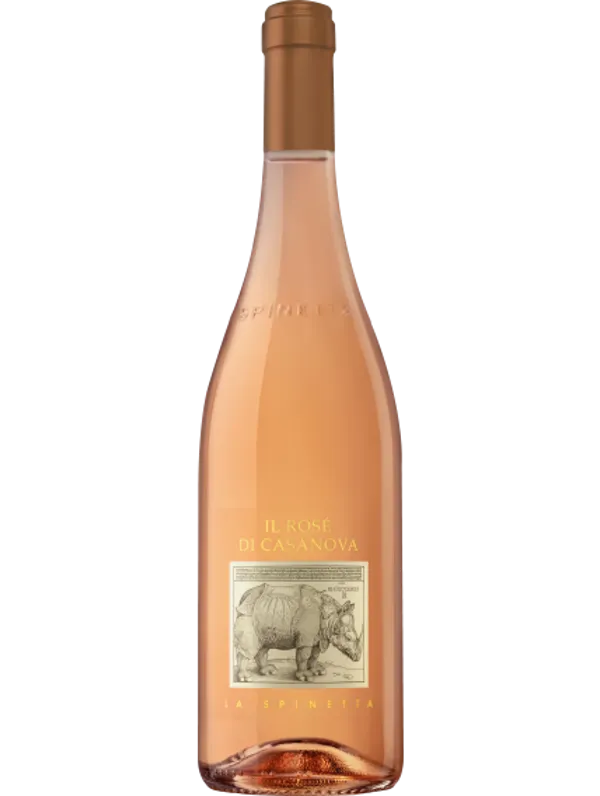
La Spinetta Il Rose di Casanova
Can cellar up to four years. Rivetti family heritage, inspired by Provence pinks but with Italian Sangiovese and Prugnolo Gentile. Citrus and berry notes, fresh palate, light-bodied, pure finish.
Read more
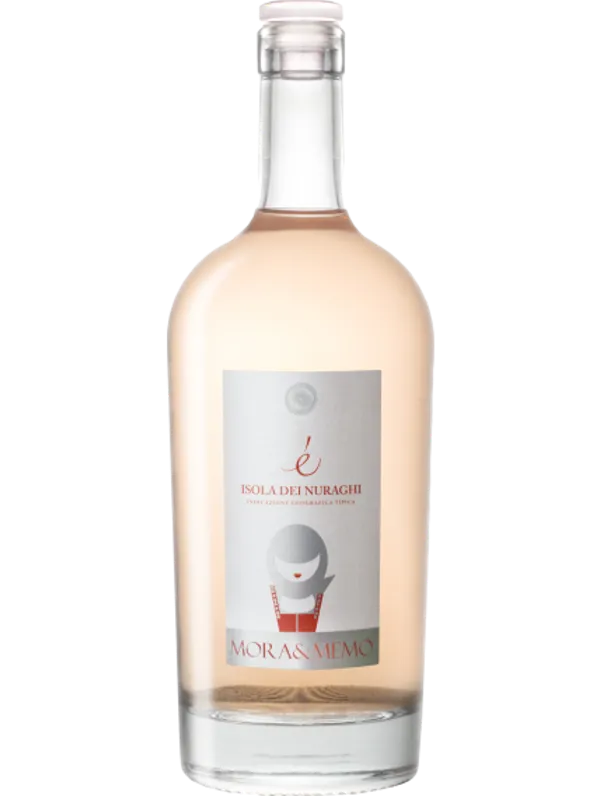
Mora & Memo E Rose Isola dei Nuraghi
Best consumed now or within four years. Sardinian roots, made of Cannonau and Vermentino. Stainless steel fermentation. Offers cherry, berry, and herb hints with a salty minerality. Crisp, pure finish.
Read more
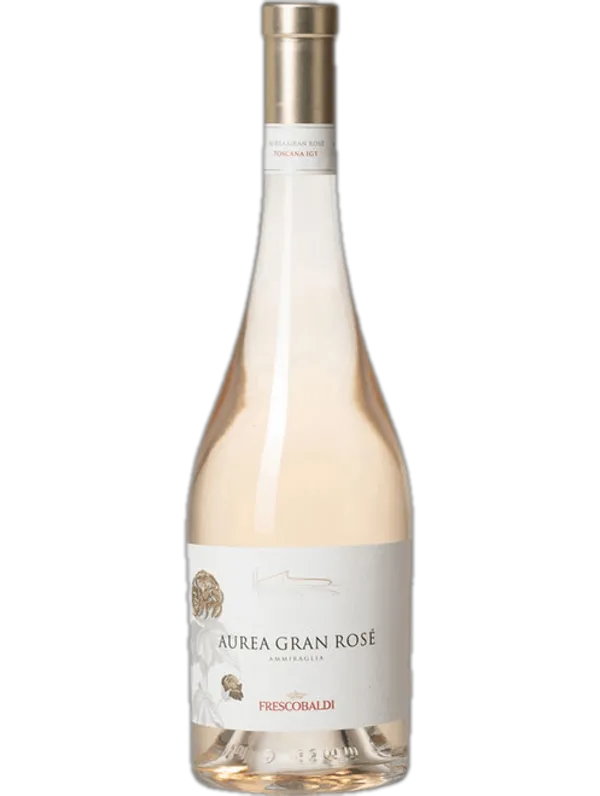
Ammiraglia, Aurea Gran Rose
Pale pink with distinct complexity. Exhibits grapefruit hints, followed by sweeter peach tones. Delivers a spiced finish that complements its mineral depth.
Read more
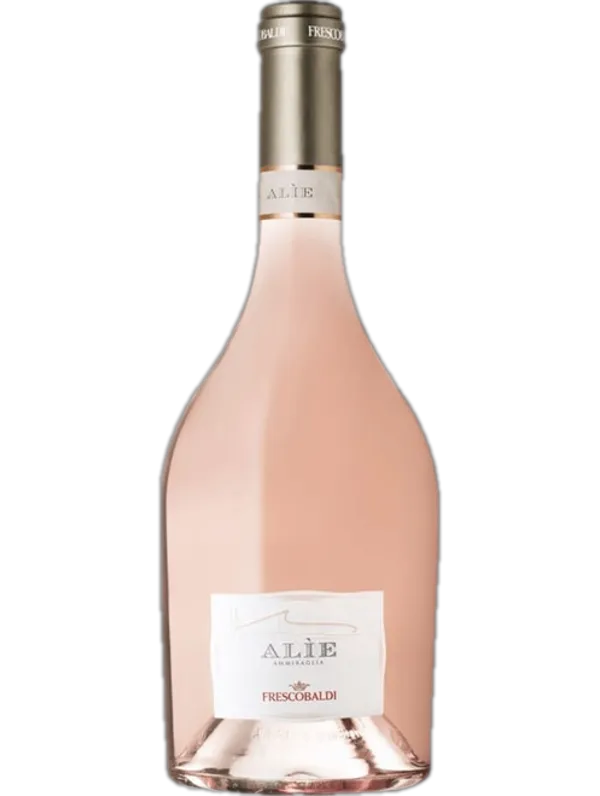
Alìe Rosé
Graceful, made with Syrah and Vermentino. Despite pale hue, offers robust pear aromas. In the mouth, it's dry and refreshingly brisk.
Read more
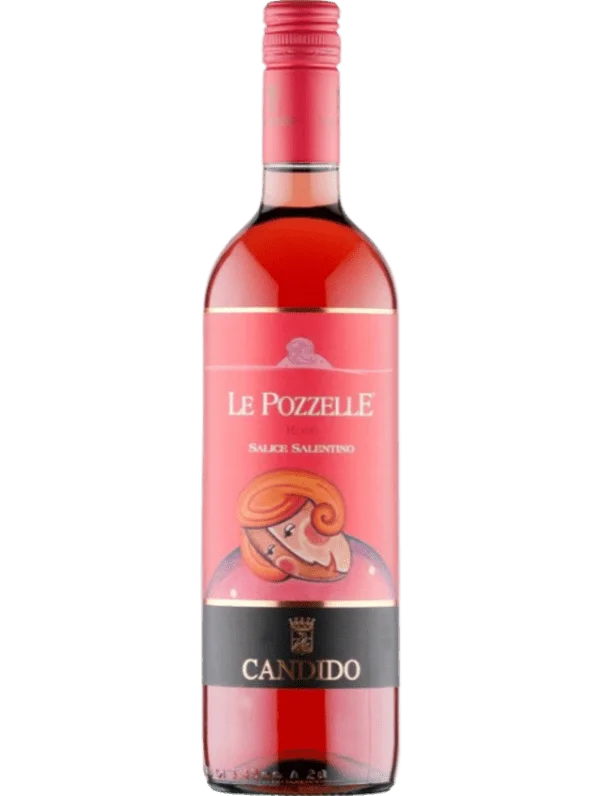
Salice Salentino Rosato Le Pozzelle
From Salento, famous for top-notch rosés. Sports coral pink shade, opulent, floral, and fruit-forward nose. Tastes harmonious with a slightly bitter afternote.
Read more
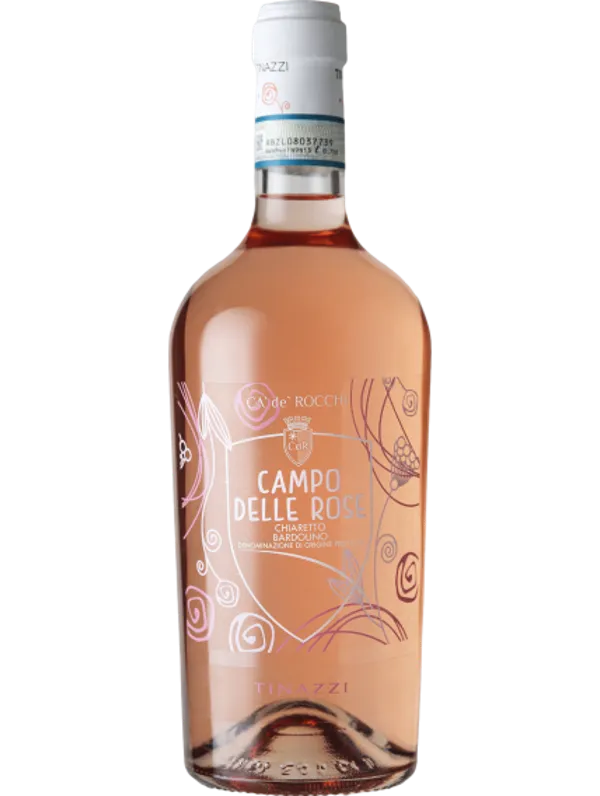
Tinazzi Campo delle Rose Bardolino Chiaretto
Drink now, no decanting. Tinazzi family legacy, grown around Lake Garda. Blend of Corvina, Rondinella, and Molinara. Softly pressed, pearly pink, exudes red fruit scents. Refreshing with a less sweet, enduring finish.
Read more
Italian Regions Famous for Rosé Wine
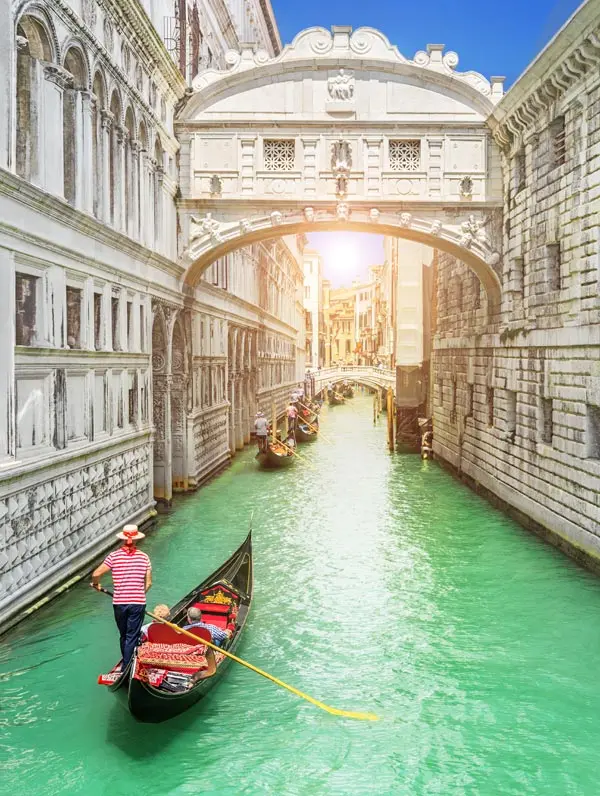
Veneto
This stunning region is home to Bardolino Chiaretto and Raboso rosato
Read more
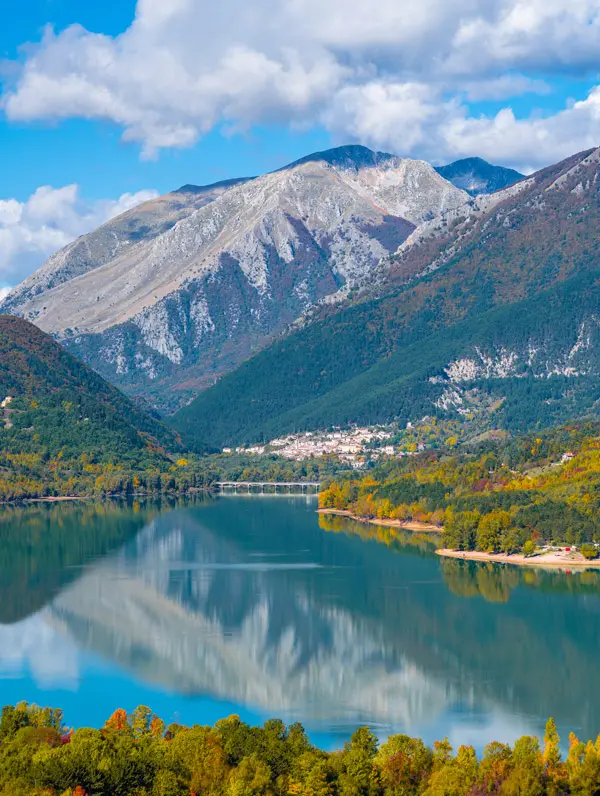
Abruzzo
This coastal region produces delicious Cerasuolo d’Abruzzo
Read more
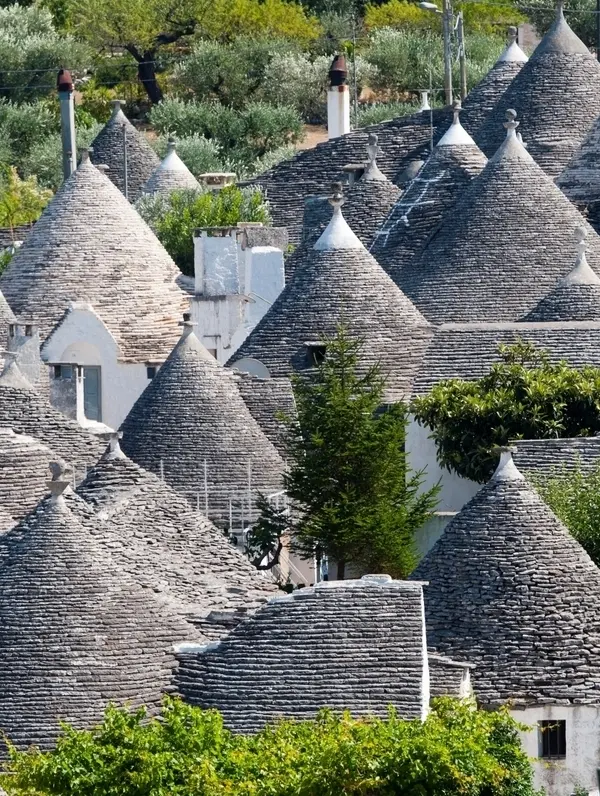
Apulia
In the heel of Italy, this region produces rosatos mainly made with Negroamaro
Read more
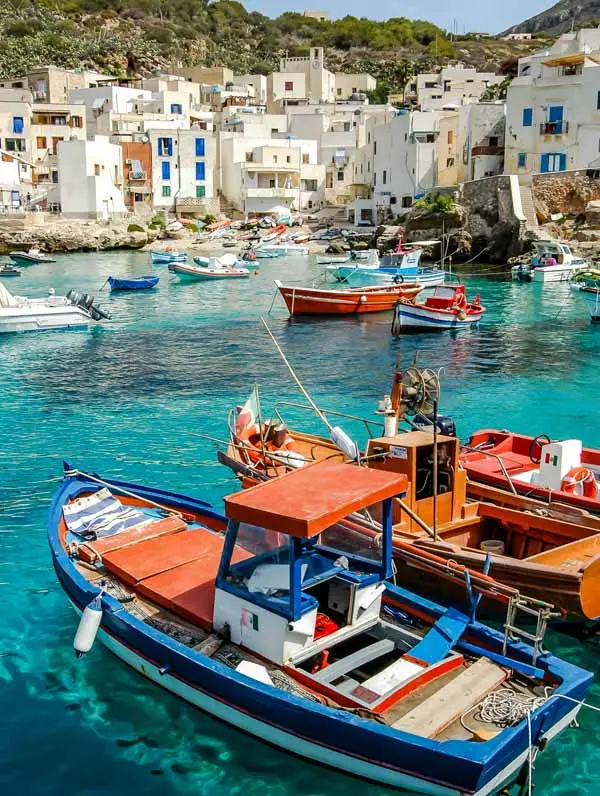
Sicily
Home to the fascinating region around Mount Etna, Sicily produces zesty, complex rosatos
Read more
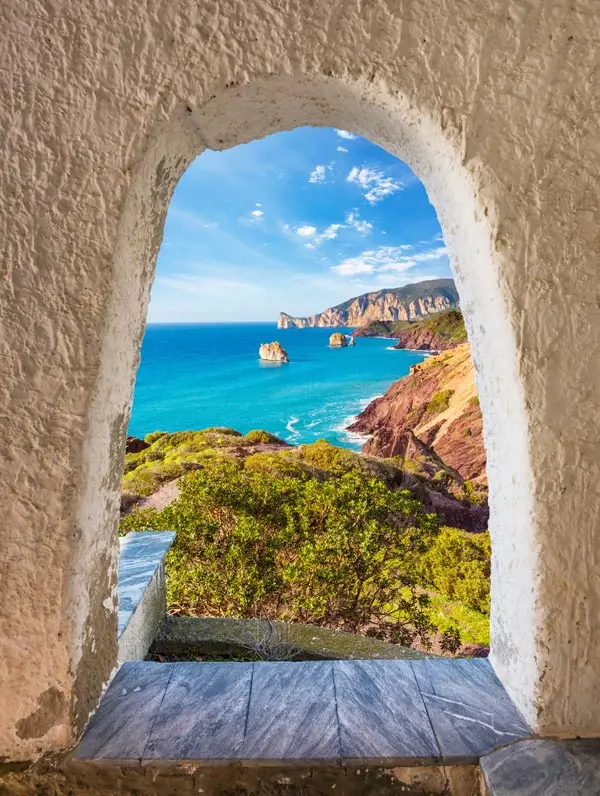
Sardinia
In Sardinia’s southern tip you will find delicious rosatos made from local Cannonau grapes
Read more
Food Parings
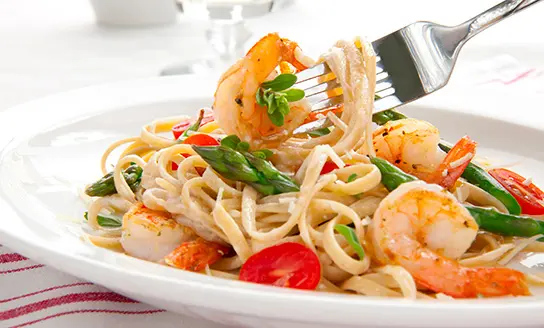
Main course: Linguine with Spicy Shrimp and Cherry Tomatoes
a classic Italian pasta, a quick and easy dinner where the freshness of the ingredients makes the difference.
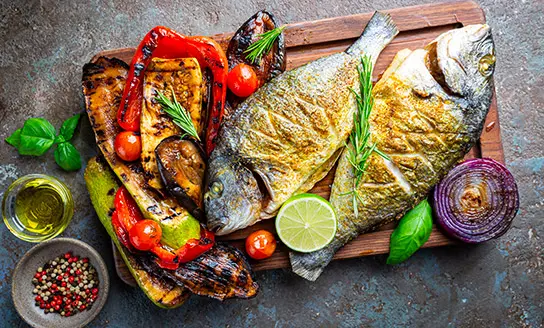
Second course: Baked codfish
Tasty, healthy and easy to make, this is the fish preparation that has it all! It’s perfectly paired with a chilled glass of Pignoletto after a long day in the office.
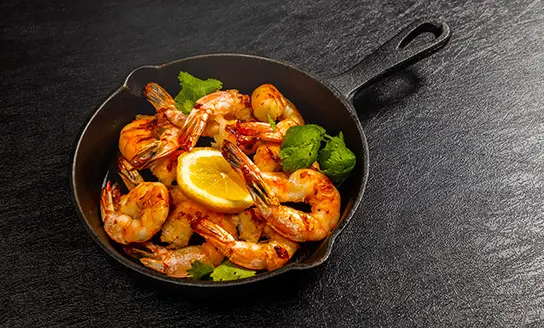
Second course: Camarones Ajillo
These garlicky Spanish prawns will shine with Pinot Grigio. The wine will brilliantly enhance the sweetness of the prawns.
Italian rosé is very versatile, which makes food pairing lots of fun. Light-bodied rosé, such as Bardolino Chiaretto, makes a fantastic aperitif and also pairs wonderfully with a large variety of starters. Fuller bodied rosés such as Salice Salentino or Negroamaro, are a perfect match with strong flavours such as marinated anchovies or delicious cured meats. A bold Etna Rosato makes a great pairing for any seafood pasta or main course. Cerasuolo d’Abruzzo is a reliable pick for white meat dishes or any classic Italian legume dish (Abruzzo is famous for its beans).
Want to know it all?
What makes Italian rosé wine great
The country has a tremendous amount of indigenous grape varieties, many of which are capable of making excellent rosatos. Because rosatos come in many different styles, it’s not going to be hard for you to find something you love.
Thanks to more substantial investments in winemaking, Italian rosé has greatly evolved in the last 5 years, now being a popular wine choice. The rise in demand has enabled winemakers to improve and grow their rosé production, turning it into something rather impressive.
Noteworthy Italian Rosé wines in detail
-
Lagrein Rosato (LAH-grayn ROH-sah-toh)
Locally known as Kretzer, this wine has a long history. It comes from the province of Bolzano, dating back to the 17th century. The Benedictines called it the best wine of the time. It remains a delicious rosé that has lively red fruit aromas. We suggest drinking this wine young.
-
Bardolino Chiaretto (bar-do-LEE-no ROH-sah-toh)
Since the 19th century, this wine has been made on the shores of Lake Garda. In the last 5 to 10 years, it has gained immense popularity, nearly doubling its production. The wine is very light-bodied and
-
Cerasuolo d’Abruzzo (chair-ah-SWOH-lo dah-BROOT-zo)
Made among the Apennines overlooking the sea, this rosato is only produced in small quantities. The grape-growing conditions give this wine complexity and depth with a dry and fruity palate and almond-like finish.
-
Etna Rosato (ATE-nah ROH-sah-toh)
This Sicilian rosé impresses with its versatility and complexity with an unusual intensity. You can thank the area in which it is grown - Mount Etna’s volcanic soil imparts wonderful structure and acidity to this rosé. It also has remarkable aging potential.
-
Salice Salentino Rosato (sah-LEE-chay sah-len-TEE-no ROH-sah-toh)
This Pugliese wine is grown around the area of Salento. Largely produced with Negroamaro grapes and a touch of Malvasia Nera, it is fruity and floral, with a hint of roses. It is fresh, easy-going, and more structured than some roses, making it a great food wine.
-
Negramaro Rosato (nay-grow-ah-MAH-ro ROH-sah-toh)
Also made in Salento, this wine has ancient roots. The grape is unique to Puglia and today, it is one of the most prolific and famous rosés in Italy. It has fragrant aromas of ripe fruit and wildflowers and is gentle on the palate, making it easily drinkable.
-
Cannonau Rosato (KAH-nohn-now ROH-sah-toh)
From the beautiful island of Sardinia, this rosé is exudes all the elegance of a wine made by the sea. It has a lean body, with the typical fruity and balsamic charm of Cannonau. It is and incredible match for seafood.
Rosé Wine Regions in detail
-
North West
The majority of rosé production in this region comes from Lombardy, in particular sparkling roses such as Oltrepò Pavese and Franciacorta. Piedmont does not produce many rosés but it is home to Langhe Rosato. Just South of Piedmont, Liguria has a good portfolio of Rosato wines including the interesting Golfo del Tigullio.
-
North East
In the north-east, the most famous wine region for rose is certainly Veneto, famous for the trendy Bardolino Chiaretto, made in the province of Verona. You will also find the delicious Raboso Rosato, from the Piave area. Alto Adige is also a great area for excellent rosé, particularly ones made from Lagrein.
This grape is particularly suitable for rosé, as the winemaking style amplifies the grape’s fruity and vinous character. Alto Adige’s Eastern neighbour, Friuli Venezia Giulia is not particularly known for its rosés but it is home to Pinot Grigio Ramato. Pinot Grigio is technically a white wine but with rose coloured skins. When the juice is left in contact with the skins, it results in a complex wine with a colourful hue.
-
Central
When it comes to Central Italy, Abruzzo is the most famous rose wine production with its Cerasuolo D’Abruzzo. This rosé is considered to be one of the most interesting and appreciated in the country. Emilia Romagna is also notable, with its Lambrusco rosé. Although Tuscany is more well known for its red wines, there are plenty of Toscana rosés to enjoy on a hot day.
Further south is Umbria, a small region producing big reds such as Sagrantino di Montefalco. On Italy’s Eastern coastline, you will find Abruzzo. It has a long tradition of making value for money table wines with plenty of alcohol. More recently, the region has become known for quality-oriented wine production, gaining particular success with Montepulciano. Just below Abruzzo lies Molise. There, interesting red wines, such as Biferno, are produced. The small size of the region limits production, keeping wines from this region very local and exclusive.
-
South & Islands
Moving south, Campania is home to an awesome rosé made from Aglianico grapes, produced in the area of Irpinia. The same grape produces good quality rosés in Basilicata as well. Puglia really excels in rosé production. Its native Negroamaro Salentino grape makes a great base for many rosés, lending structure and fruitiness like no other. Calabria is also home to some fun rosés, often made from the bold Gaglioppo grape.
The islands also offer rosés, but often limited in production. Sicily’s Etna rosés are stellar, made from the island's unique Nerello Mascalese grape. You can also find intriguing Nero D’avola rosés. In Southern Sardinia, the indigenous Cannonau grape creates a marvellous rosé.
FAQS
What is a good rosé wine for beginners?
Bardolino Chiaretto is a great place to start. It is light in body with easy to appreciate aromas. Since Bardolino is often not easy to find outside of Italy, a Pinot Grigio rosé is another great choice thanks to its pale colour and fruity aromas.
What is the most popular Italian rosé wine?
While Bardolino Chiaretto has become increasingly popular, in the last few years, Cerasuolo d’Abruzzo and Etna Rosatos have gained a lot of attention. Many wine lovers are now more interested in small production wines with extraordinary character. These two rosés definitely have that!
What is the most expensive Italian rosé wine?
Franciacorta rosé. This sparkling rosé is elegant and sought-after. It takes time to produce, as Franciacorta is made using the traditional sparkling method, like Champagne. The time, quality, and attention that goes into making this rosé means it is more expensive than others.
